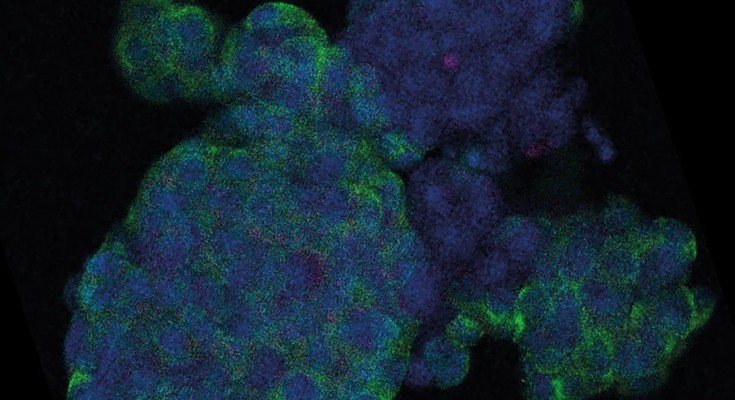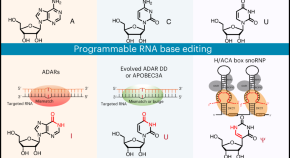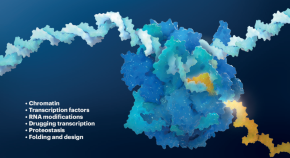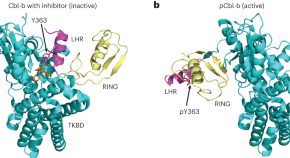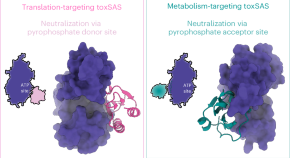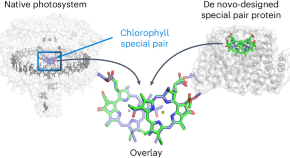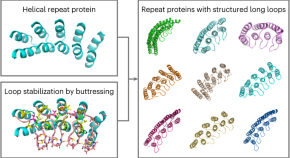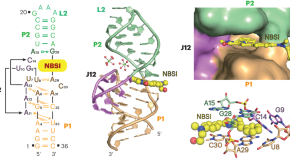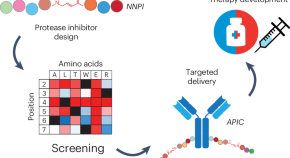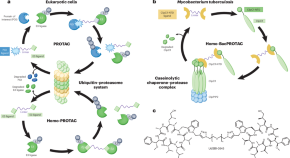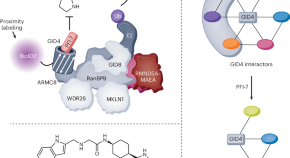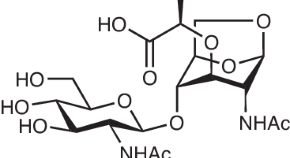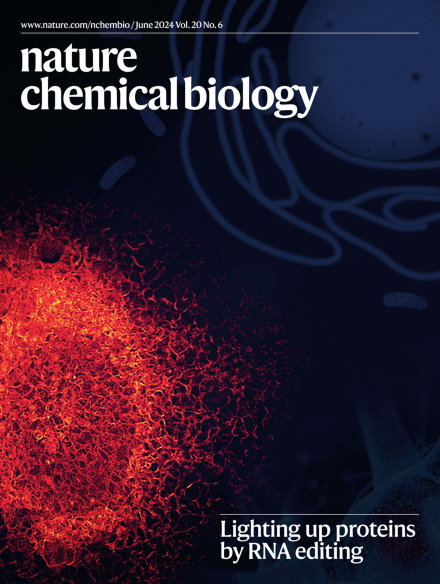
Announcements
Advertisement
-
-

A bright green tag for RNA imaging
To understand the complex dynamics and diverse functions of RNA, robust technologies for labeling and imaging RNA are highly desirable. A newly developed green fluorescent aptamer named Okra enables the imaging of mRNA dynamics in living cells.
-
-
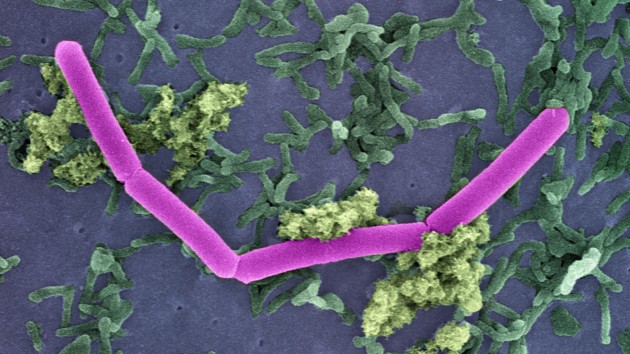
Chemical Biology of Microbiomes
Interspecies communication in complex microbiome environments occurs through the small molecules, peptides, and proteins produced by both the host and the microbial residents, as highlighted in this collection of recent articles from Nature Portfolio.
Trending - Altmetric
-
Antibody–peptide conjugates deliver covalent inhibitors blocking oncogenic cathepsins
-
Enediyne natural product biosynthesis unified by a diiodotetrayne intermediate
-
Chemical genomics in Escherichia coli identifies an inhibitor of bacterial lipoprotein targeting
-
De novo design of proteins housing excitonically coupled chlorophyll special pairs

